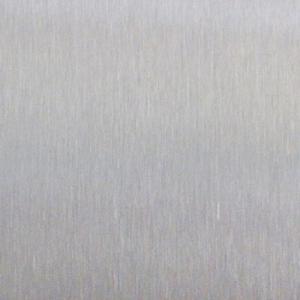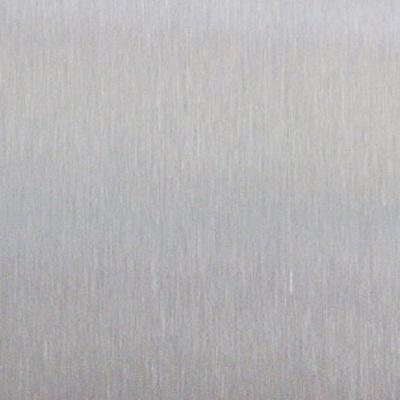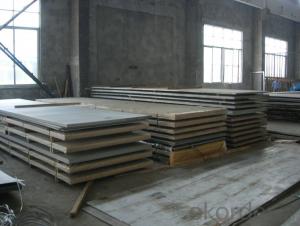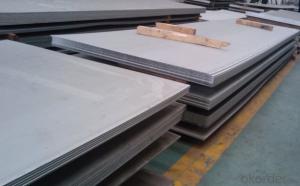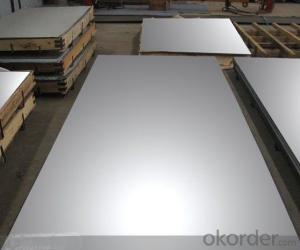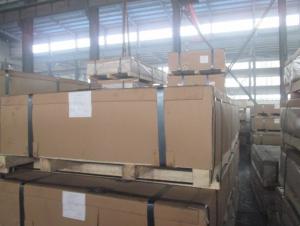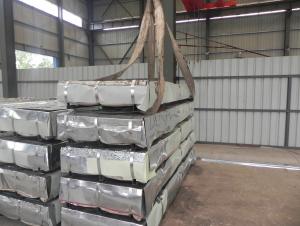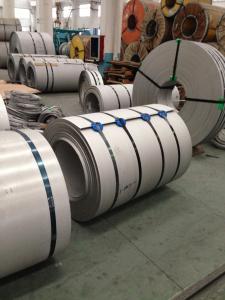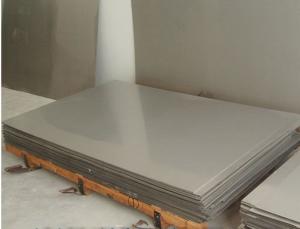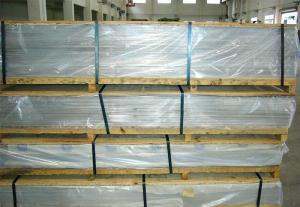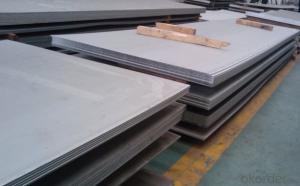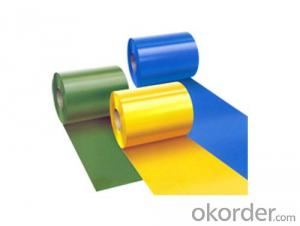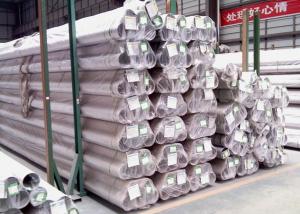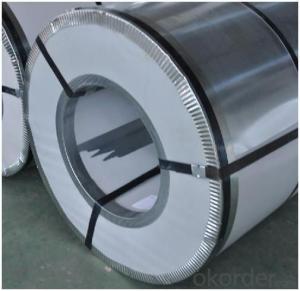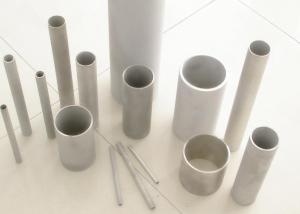Stainless Steel Plate And Sheet In Cheapest Price
- Loading Port:
- Shanghai
- Payment Terms:
- TT or LC
- Min Order Qty:
- 2 m.t.
- Supply Capability:
- 2000 m.t./month
OKorder Service Pledge
OKorder Financial Service
You Might Also Like
1.Structure of Product Description
Cold rolled aluminum sheet AND Aluminium sheet is widely used in the field of construction field and decoration field, etc.
There are many different grades, such as: 1000 series, 8000 series, 7000 series,
2000 series, 3000 series, 5052,5754,5083,6061,6063,8011, etc.
The temper is include H14, H22, H24, O,F, H44,H112,H114,etc.
2. Main features of the product
a.Competitive price
b.Frist-Class Service.
c. Shortest service.
3. Image.
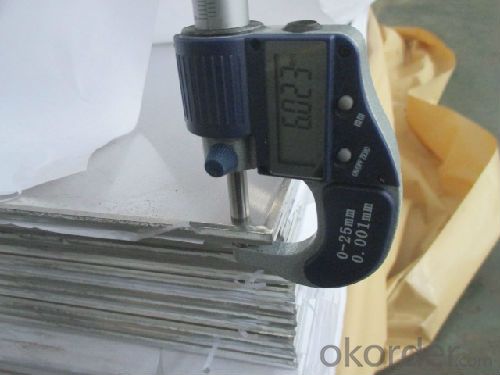
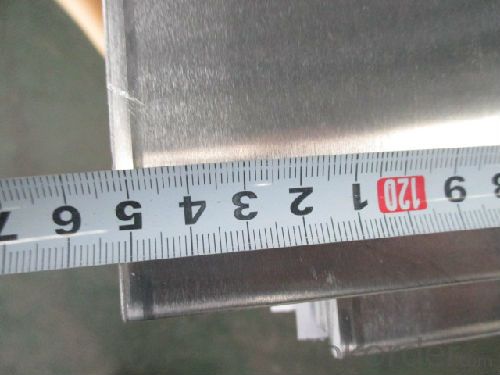
4. Product detailed sizes:
1000mm*2000mm, 1219mm*2438mm,1220mm*2440mm, 1000*1000mm,
900mm*900mm,400mm*400mm,
1250mm*2500mm,1500mm*3000mm, etc.
5. FAQ:
What is the quality standard?
---Usually our standard is GB3880-2006 or others.
What is the width range?
---It is from 1000mm to 2500mm, etc.
---Normally it is around 9000 tons totally.
Where is your client from?
---Normally it is from Japan, USA, ENGLISH, SINGAPORE, ETC.
What is your mainly products?
---Normally they are aluminum sheet, checkered sheet, mirror finish aluminium sheet, aluminum casting coil, etc.
- Q: Can stainless steel sheets be used for outdoor furniture?
- Yes, stainless steel sheets can be used for outdoor furniture. Stainless steel is highly resistant to corrosion and rust, making it a durable and suitable material for outdoor use. It is also easy to clean and maintain, making it an ideal choice for outdoor furniture that is exposed to various weather conditions.
- Q: What is the maximum operating temperature for stainless steel sheets?
- The maximum operating temperature for stainless steel sheets typically ranges from 1500°F to 1650°F (815°C to 900°C), depending on the grade of stainless steel.
- Q: Are stainless steel sheets suitable for storage tanks?
- Yes, stainless steel sheets are suitable for storage tanks. Stainless steel is highly resistant to corrosion and can withstand high temperatures, making it an ideal material for storing various liquids and chemicals. It also has excellent durability and can maintain its structural integrity for a long time, ensuring the safety and longevity of the storage tanks.
- Q: Can stainless steel sheets be used for cladding?
- Yes, stainless steel sheets can be used for cladding. Stainless steel is a popular choice for cladding due to its durability, corrosion resistance, and aesthetic appeal. It is commonly used in exterior cladding applications for buildings, such as facades, canopies, and curtain walls. Stainless steel sheets provide a sleek and modern appearance while offering protection against harsh environmental conditions. Additionally, stainless steel cladding is low maintenance, long-lasting, and can be easily cleaned, making it a practical choice for both residential and commercial applications.
- Q: Are stainless steel sheets resistant to pitting corrosion?
- Yes, stainless steel sheets are generally resistant to pitting corrosion due to the presence of chromium in their composition, which forms a protective oxide layer on the surface.
- Q: What are the common uses of stainless steel sheets in the automotive industry?
- Due to their unique properties and characteristics, stainless steel sheets have numerous applications in the automotive industry. Below are some common uses of stainless steel sheets in this industry: 1. Exhaust Systems: Stainless steel sheets are extensively utilized in the manufacturing of vehicle exhaust systems. The high-temperature resistance, corrosion resistance, and durability of stainless steel make it an ideal choice for this application. 2. Body Panels: Stainless steel sheets are commonly employed for producing body panels, including fenders, hoods, and doors. The strength, impact resistance, and aesthetic appeal of stainless steel make it a popular material for enhancing the durability and appearance of vehicles. 3. Structural Components: Various structural components in automotive applications are fabricated using stainless steel sheets. These components may include chassis, brackets, reinforcements, and frame parts. Stainless steel's high strength-to-weight ratio and excellent mechanical properties make it suitable for enhancing the overall stability and strength of the vehicle. 4. Fuel Tanks: Stainless steel sheets are frequently used for manufacturing fuel tanks in automobiles. The resistance of stainless steel to corrosion, especially against chemicals present in fuels, ensures long-lasting and leak-free fuel storage. 5. Heat Shields: Stainless steel sheets are utilized in the production of heat shields to protect sensitive components from excessive heat generated by the engine or exhaust system. Stainless steel's excellent thermal conductivity and resistance to high temperatures make it an ideal material for this purpose. 6. Fasteners and Clamps: Various fasteners, clamps, and brackets in automotive applications are manufactured using stainless steel sheets. These components require high strength, corrosion resistance, and durability, which stainless steel provides. 7. Trim and Decorative Accents: Stainless steel sheets are often used for trim and decorative accents in vehicles. The aesthetic appeal, shine, and corrosion resistance of stainless steel add elegance and durability to the vehicle's interior and exterior. In conclusion, stainless steel sheets have a wide range of applications in the automotive industry, including exhaust systems, body panels, structural components, fuel tanks, heat shields, fasteners, clamps, and trim. The unique properties of stainless steel, such as corrosion resistance, high strength, durability, and aesthetic appeal, make it a preferred material for various automotive applications.
- Q: Seeking stainless steel plate 304 material and 304j material what is the difference?
- 304J1 is a kind of material in stainless steel plate. Is 304 of copper containing material, deep drawing performance better than 304, mainly for deep processing purposes, but also belong to the nickel series.
- Q: Are stainless steel sheets suitable for laboratory equipment or instruments?
- Laboratory equipment and instruments benefit greatly from the use of stainless steel sheets. Their high suitability stems from stainless steel's exceptional resistance to corrosion, a critical feature in laboratory settings where exposure to various chemicals and substances occurs. Moreover, stainless steel exhibits remarkable heat resistance, rendering it fitting for applications involving high temperatures or sterilization procedures. Furthermore, stainless steel's ease of cleaning and maintenance plays a vital role in preserving a sterile and hygienic laboratory environment. The durability and strength of stainless steel contribute to its ability to withstand heavy usage and ensure long-lasting performance. Consequently, stainless steel sheets have gained a reputation as a dependable and widely preferred choice for laboratory equipment and instruments due to their corrosion resistance, heat resistance, cleanliness, and durability.
- Q: What is the strain hardening exponent of stainless steel sheets?
- The strain hardening exponent of stainless steel sheets refers to the material's ability to increase its strength and hardness as it undergoes plastic deformation or strain. It is a measure of how the material's stress-strain curve changes with increasing deformation. Stainless steel sheets typically have a strain hardening exponent ranging between 0.2 and 0.4. This value indicates that the material exhibits a moderate increase in strength and hardness as it is subjected to plastic deformation. The higher the strain hardening exponent, the greater the material's ability to resist deformation and retain its shape under external forces. The strain hardening exponent is an important parameter in engineering applications as it affects the material's formability, ductility, and resistance to deformation. Higher values of the strain hardening exponent indicate a more work-hardening material, which is desirable in many industrial processes such as sheet metal forming or cold working. However, excessively high strain hardening exponents can lead to issues like cracking or material failure. It is important to note that the strain hardening exponent can vary depending on the specific grade and composition of the stainless steel alloy. Different stainless steel alloys may exhibit different strain hardening behaviors, so it is crucial to consider the specific material properties and specifications when determining the strain hardening exponent for a particular stainless steel sheet.
- Q: What are the different types of stainless steel sheets available?
- There are several different types of stainless steel sheets available in the market, each with its own unique properties and applications. Some of the most common types include: 1. Austenitic Stainless Steel Sheets: This type of stainless steel is the most widely used and offers excellent corrosion resistance, high strength, and good formability. It is commonly used in kitchen equipment, food processing plants, and pharmaceutical industries. 2. Ferritic Stainless Steel Sheets: Ferritic stainless steel sheets have a higher chromium content and lower carbon content compared to austenitic stainless steel. They are known for their excellent resistance to stress corrosion cracking and are often used in automotive applications, architectural structures, and appliances. 3. Martensitic Stainless Steel Sheets: Martensitic stainless steel sheets have a higher carbon content compared to other types, which gives them high strength and hardness. They are commonly used in applications requiring wear resistance, such as cutlery, surgical instruments, and turbine blades. 4. Duplex Stainless Steel Sheets: Duplex stainless steel sheets have a mixed microstructure of austenite and ferrite, which provides them with a combination of high strength and excellent corrosion resistance. They are often used in chemical processing plants, oil and gas industries, and marine environments. 5. Precipitation Hardening Stainless Steel Sheets: Precipitation hardening stainless steel sheets are heat-treatable and offer high strength and corrosion resistance. They are commonly used in aerospace applications, defense equipment, and high-performance industries. It's important to consider the specific requirements of your project or application when choosing the type of stainless steel sheet, as each type has its own set of properties and advantages.
Send your message to us
Stainless Steel Plate And Sheet In Cheapest Price
- Loading Port:
- Shanghai
- Payment Terms:
- TT or LC
- Min Order Qty:
- 2 m.t.
- Supply Capability:
- 2000 m.t./month
OKorder Service Pledge
OKorder Financial Service
Similar products
Hot products
Hot Searches
Related keywords
